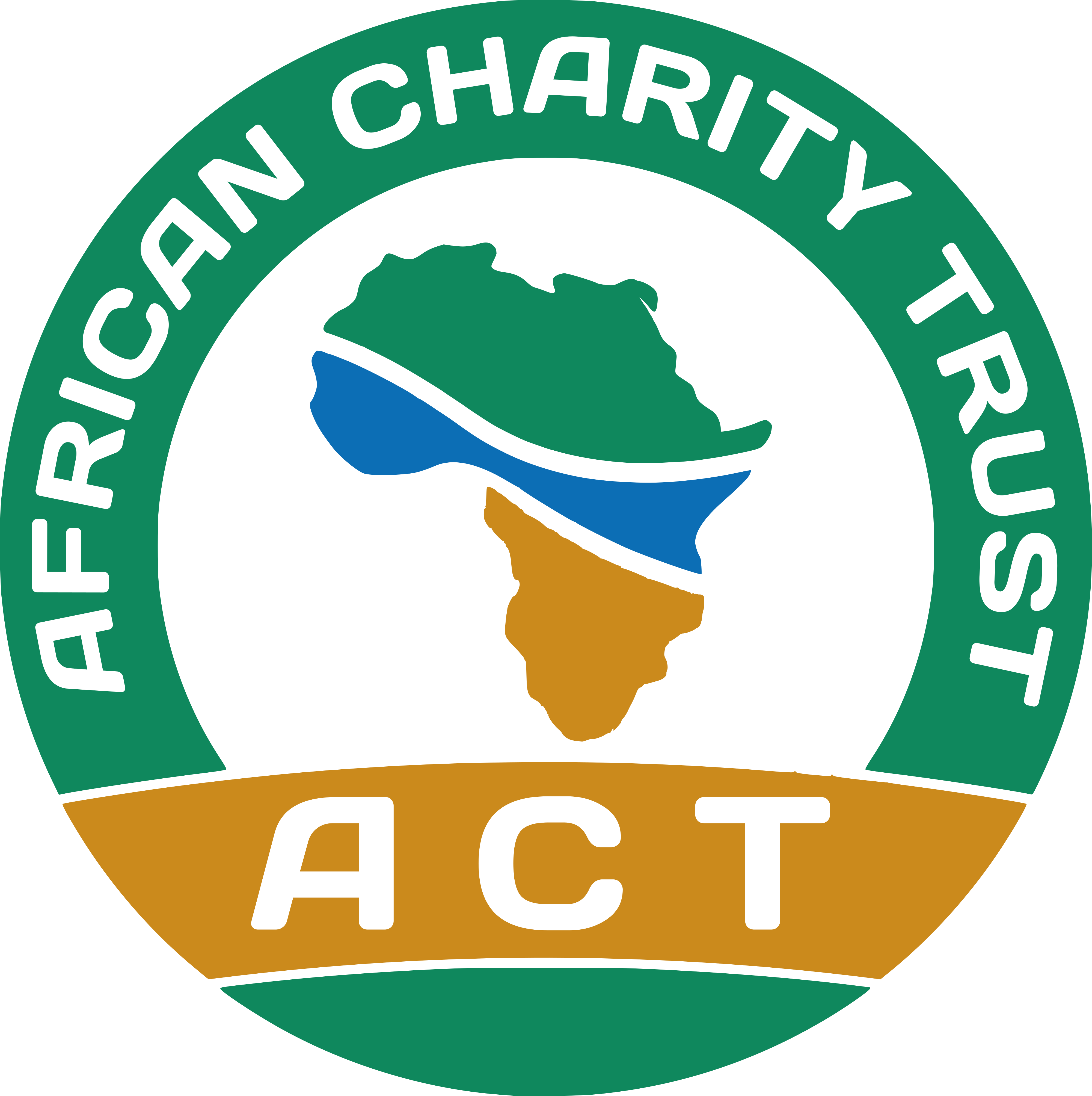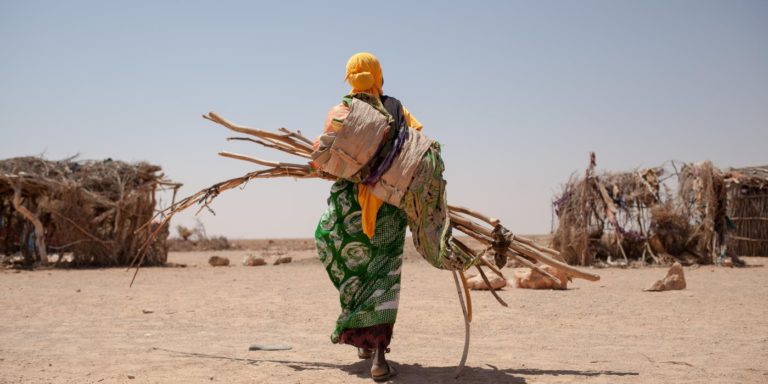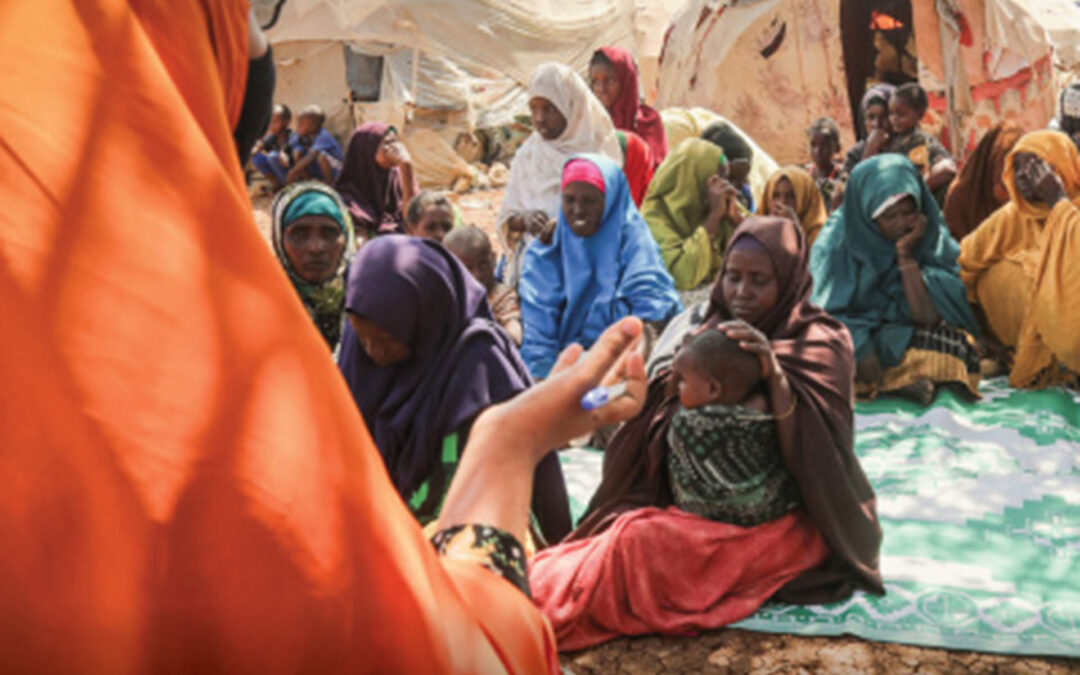- The global context
The novel coronavirus pandemic known also as COVID-19, is a serious, in theory, low-probability high impact, Biomedical threats have caught the entire world in complete surprise.
Starting from China, which is home to close to quarter of the humanity and one of the major world factories that export to all over the world, the disease has been spreading very rapidly globally in the first quarter of the 2020. This has entailed, among other things, in total or partial closure of the major economic activities around the world. In a desperate attempt to control the disease, factories and other economic activities have been closed down, work force asked to stay at home and financial markets have started panicking. Most experts agree that there will be soon a global economic recession. In fact, save few sectors that might expand further due to increased demand of their products and services (e.g. health sector and some technology niches that are helping them mandatory social distancing and remotely working teams), most companies are either already affected or will be hit by the ongoing crisis very soon. For instance, in India, another global hub of both over one billion people and major economic and technology powerhouse, over 80% of the companies are already negatively impacted by the COVID-19 global pandemic and have already seen their cashflow dwindling. This example shows how the economies of countries that have not been affected seriously, at least at the early stage of the pandemic, are and will be suffering.
Like in the last global financial crisis of 2007-8, the financial sector seems to be already at the centre of the storm. The financial panic which has started globally in the week of the March 8, could not be stopped by cutting the interest rate by major Central Banks like the FED and European Central Bank. Managing cashflow and liquidity shortage is a monumental challenge at the moment all over the world despite OECD countries’ governments bumping massive amount of economic and fiscal support for their hard-hit economies. Lack of consumer confidence and search for financial safety are among key factors driving the increasing financial panic.
In this context, as key global supply chains are either seriously disrupted or completely shut down by the consequence of the COVID-19 pandemic, the supply chains of both the remittance money towards Somalia and vital imports, including food and other essential goods, are feared to been already stressed and might soon to be seriously jeopardized.
2. The impact of COVID-19 on food security in Somalia
Conflict-affected, highly-indebted, import-overdependent, fragile and highly vulnerable economies
like is the case in Somalia are expected to be hit hardest with a serious impact. Somalia is known to have been already suffering from a chronic food insecurity exacerbated by decades of violent conflict, forced displacement and the effects of the ongoing climate change. According to the UN OCHA, which has cited the post-Dayr food security assessment undertaken by the FSNAU, as of February 2020, just before the full blown global COVID-19 crisis, more than 4.1 million Somalis were food insecure including over 2.1 million Internally Displaced Persons (IDPs) whose already precarious livelihoods are further threatened by the consequences of the COVID-19. In addition, Somalia is characterized by some unique features that make the country’s economy and
its population highly vulnerable to the global economic and financial shock waves. Particularly,
several intertwined factors make Somalia extremely vulnerable, namely:
- Firstly, following four decades of civil strife, state collapse, recurrent famines and severe droughts, Somalia has been over-dependent on massive imports to meet its basic necessities such as food, medicines, fuel and other merchandise. According to the World Bank, by 2015 the import of food stuffs in Somalia has increased eighteen folds since 1980s. The driving factors of the massive increase of food imports has to do with such factors as a) rapidly growing population, b) dilapidated agricultural production infrastructure following the long-lasting conflict and lack of new investments and/or even maintenance.
- Secondly, thanks to the global Somali diaspora, which has been sending back home around two billion USD per annum, the above-mentioned massive imports have been and continue to be financed with remittance money.
- Third, both the remittance from Somalis living abroad and the food (and other essential goods’) imports are already or will be very soon disrupted by the ongoing COVID-19 crisis;
- Fourth, if the pandemic persists, the international (humanitarian) aid, on which Somalia has been so dependent over the last few decades, especially to fund basic public services and emergency response, will most likely be negatively affected by the COVID-19 pandemic as the expat staff who run the aid industry head back to their hard-hit home countries. In addition, the generous international donors, whose economies are now at the brink of collapsing due to the COVID-19, will most likely prioritize their own domestic emergencies and funding gaps;
- Fifth, Somalia’s other major source of significant hard currency source is represented by the meagre Somali export, mainly the agricultural export dominated historically by the livestock export whose seasonal peak coincides with the Muslim pilgrimage (Hajj). This vital economic subsector is also highly threatened this year due to the coronavirus pandemic as the major Muslim holy sites of Mecca and Madina are at the moment closed while it is very difficult to predict how the situation will evolve. As matter of fact, however, under normal circumstances, with its typically multi-stage and multi-agent long supply chain, the bulk of the Somali export livestock trade destined to the Middle East starts throughout the Horn of Africa several months ahead of the Hajj. With the closure of the Muslim holy sites of Mecca and Medina following the Coronavirus pandemic at a time when the seasonal peak is of the Somali livestock export is just around the corner, the prospect average performance of this sector is quite poor this year; Finally, following the absence of effective governmental institutions for over three decades, including the Central Bank, the Somali economy is mainly dollar-based which fact increases the country’s overdependency on external economic and financial factors that are beyond the control of Somalis and their institutions. As the American currency has reappreciated sharply against the other major world currencies including euro and British sterling, the concurrent factors of dependency on imported food and highly depreciated Somali Shilling (used mainly by the poorest social sectors), which will most likely result in hyper-inflation, will inevitably impact negatively the food security of Somalis, particularly the vulnerable poor.
Based on the foregoing analysis of likely scenarios, it is obvious that all key dimensions of the food security in Somalia will be affected including a) availability of food (e.g. production, processing, distribution), b) accessibility (e.g. affordability), c) utilization (e.g. possible negative health outcomes), and d) stability over time On top of all the forgoing factors, the man-made and long-running disaster, that is conflict, continues to affect Somalis, their livelihoods and the overall human development prospect











